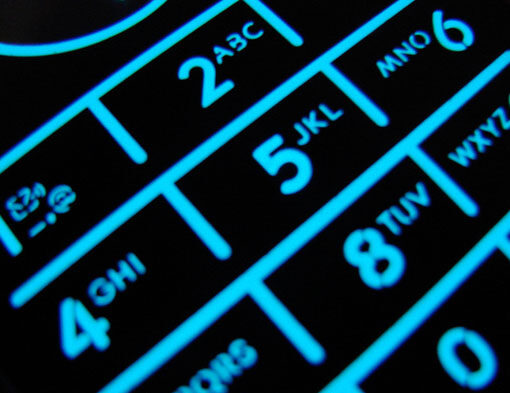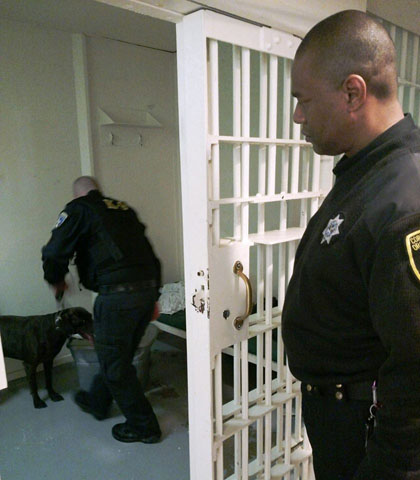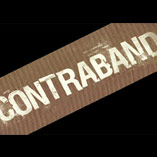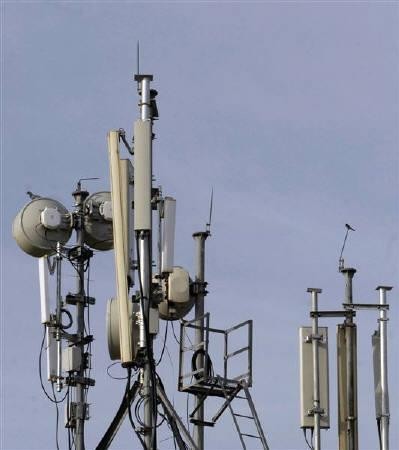 Today’s blog posting if from guest blogger Miranda Brown. In this essay, she discusses the shortcomings of the existing telephone service in the Texas prison system and the potential for improved rehabilitation of prisoners through the introduction of a secure and monitored cell phone solution.
Today’s blog posting if from guest blogger Miranda Brown. In this essay, she discusses the shortcomings of the existing telephone service in the Texas prison system and the potential for improved rehabilitation of prisoners through the introduction of a secure and monitored cell phone solution.
Over ten years the look of the world can change significantly. Cell phones have gained significant popularity over the last decade. With all of the technological advances in our evolving society, it would be extremely difficult if someone had been removed from society for ten or more years. The cultural shock is something most newly released inmates experience. The shock serves the purpose of retribution, but is counter productive for rehabilitation. Rehabilitation is necessary to keep Criminal Justice costs under control. It is not enough to expect success just because prison should have been harsh enough that they do not want to go back. It is necessary to do more to reduce the cultural shock upon release. Providing inmates with monitored cell phones will help prepare them to be successful upon their release and relieve some of the financial burden on taxpayers.
People generally have an angry and vengeful attitude towards the incarcerated population. Most inmates first went to prison as young adults, early twenties or late teens. They are our future neighbors, our friend’s unknown family members, military service men and women, brothers, sisters and parents. Of course there are bad people in prison, but that is not the majority of the population. The majority of the population is just like the rest of us; they just made a mistake and are paying for it. People go to prison as their punishment; they do not go to prison to receive additional punishment. Almost all of the people in prison will return to our neighborhoods one day. Who do we want living next to us? Do we want someone that was borderline tortured and treated like an animal for several years or someone that has been rehabilitated? It costs a great deal of tax money to house an inmate. If they are not reformed we will keep housing them for years to come. The most reliable indicator of an inmate’s success is not the torture or mistreatment they received in prison, but the support they have upon their release. It is easier to live in a harsh, familiar environment with people you know than to adjust to a society you are unfamiliar with and have no support in. The more communication and support from loved ones the more likely the inmate will succeed. The longer an inmate is incarcerated, the more likely support will be lost and success will not be found upon release. Offering continuous communication with loved ones will strengthen the bond that will lead to their success. It will help the inmate realize day to day the reason they must succeed as an inmate and then as a member of society.
Texas Department of Criminal Justice (TDCJ) completed the installation of their first phone system in 2010. Most of the phones were installed in high traffic areas where it is difficult to carry on a conversation. It is not uncommon to find them in the dayroom under the television. It is difficult for most to have an uninterrupted conversation due to the location of the phones. A cell phone would allow more personal and frequent communication, while being monitored by TDCJ. The calls on the current system are funded by the people receiving the call and the model could be carried over to a cell phone program. A portion of the funds are designated for victim relief funds. There are cell phone companies for children that allow only certain numbers to be dialed. Phones can easily be restricted and restrictions are limitless. Carriers offer family allowance systems. The same idea could be followed for the inmate phones. Inmates are assigned custody levels that are dependent upon their behavior, length of sentence and time served. Only inmates of similar custody levels are to be housed in the same areas. This housing rule would make it easy to identify which inmates are permitted to have a TDCJ issued phone and which are not.
Currently there are numerous unmonitored illegal cell phones in the prison system. Last year there were almost a thousand phones confiscated in Texas prisons. That is only the confiscated phones and only is a very small fraction of what is really in the prisons. People are paying five hundred dollars or more per phone. Then they pay approximately fifty dollars a month for a prepaid plan. The state could be receiving that revenue and could alleviate the burden on taxpayers. TDCJ has reported they are prepared to invest five hundred thousand to 1.5 million dollars per unit for cell phone jammers and/or locators. There are over one hundred TDCJ units. The money will need to be added to an already strapped budget. We need to spend smarter. By investing in a monitored system the state will receive a return in the investment. People are paying for the inmates to have cell phones. If TDCJ charges a monthly access fee of fifteen dollars and has ten percent population participation that would be over two hundred thousand dollars a month in revenue. The inmate families would be responsible for the additional monthly air time fees. Carriers would be eagerly competing to obtain the contract. The inmates could have more continuous, personal contact with their families and more importantly their children.
Prisons that focus more on rehabilitation and support programs that encourage continued family support have found that inmates are more successful than those in an abusive environment. As a society we need to determine if our desire for retribution is great enough to continue funding massive incarceration at the cost of our education system or if we are prepared to invest in making the inmates more successful upon release. A monitored cell phone program in prisons is achievable and will have measurable positive results.
- Multi-Blockchain System for Inmate Forensics - April 2, 2024
- Blockchain to Secure Attorney-Inmate Privacy for Prison Calls - June 28, 2023
- meshDETECT® Announces Grant of Ninth Patent For Blockchain Wireless Services - August 26, 2022




